
Nurlan Urazbaev publishes Digital Signage Pulse, a terrific daily digest of what’s happening in the digital sign industry. Billboard Insider is running a two part interview with Urazbaev. Today he talks about what OOH must do better.
How did you get involved with the out of home advertising business?
Mine was probably a not very conventional path. I was a journalist and editor at Russia’s state English-language broadcasting service. It was originally a Kremlin propaganda mouthpiece countering American and European shortwave stations directed at the Soviet Union. However, by the time I started working there (during Gorbachev’s rule), the service had already turned into a liberal voice that criticized the old Soviet ways. I ended up being the head of the department broadcasting to the US, Canada, and the UK.
After the collapse of the Soviet Union in 1991, I co-founded, co-owned and managed one of Russia’s first independent AM/FM news radio stations in Moscow. It was a joint US-Russian venture. In addition to our own news service, the station was, for the first time in history, rebroadcasting parts of the BBC World Service, Radio Liberty, and Voice of America programs on local commercial airwaves inside Russia. It was an unprecedented and unique digest of news and views from different perspectives.
Ironically, we used the same transmitter that had been jamming the same so-called “enemy voices” – Western shortwave radio stations — just a few months before we started renting that transmitter.
That was a time of such freedom of the press in Russia that it seemed more like complete anarchy. I never witnessed nor heard of anything like that anywhere else in the world.
By 1997, however, I already had an acute feeling that things were taking a turn for the worse. The censorship was creeping back in. Corruption and crime were on the rise. The state was clamping down on non-state-owned media. It felt like the short-lived freedom, chaotic as it was, was coming to an end.
I sensed that it was no longer safe to raise my son there. I sold my shares in the company, and it was soon after bought by the state-controlled Gazprom media empire. My son and I moved to Canada in 1998. Before long, the “enemy voices” rebroadcasts were kicked off the AM/FM frequencies in Russia, and later – banned completely.
I was surprised to see that the radio business was dying in North America. I worked for a big news station in Montreal for a while, but it wasn’t as much fun as it was in Moscow. So, I switched to the other, more lucrative field I knew well – advertising and media sales. I was consulting for tech companies in PR, marketing, and advertising.
Around 2003, I was invited to consult for a start-up that was developing software for displaying ads on digital screens. That’s when I first heard the term ‘digital signage’. I realized that it was going to be a huge and fast-growing market. The start-up became Broadsign in 2004, and I stayed with the company until 2012. I was providing media expertise for building the ad sales workflow in the software and proof-of-play reporting. I was also in charge of all marketing – from building the brand and sales collateral to advertising and PR.
In 2012, I felt like it was time to go back to my entrepreneurial side. I saw a promising niche in the trade press, and I founded Digital Signage Pulse, a news monitoring site for the DOOH industry. I also consult for DOOH/digital signage companies, mostly tech providers.
You bring an outsider’s perspective to out of home. What are three things the out of home business needs to do better?
That’s easy. The three things that need improvement are: Measurement, measurement, and measurement.
OOH is the last surviving true mass medium. Unlike linear television and on-air radio, it has adapted well to the digital era. However, unlike online and mobile advertising which can easily be tracked down to the purchase, OOH still doesn’t have proper scalable means to do that.
The planning and buying are still based on the broadcast-television era legacy currency: impressions. There are massive and expensive efforts aimed at standardising it, although to this day, no one can really define what an impression is. It can be anything from an arbitrary ad play multiplier to “viewable Impression” to “opportunity to see” to “likelihood to see”, or some other such vapor. It’s a phantom, largely unverifiable metric that any media owner can “calculate” at will. The same goes for CPM.
In 2010, I wrote a white paper in which I outlined the three tiers of accountability in digital signage. It was published by several trade media. It looks like my observations then still apply today:
To be trustworthy, a DOOH media owner should provide:
Tier 1: Proof of campaign delivery (proof of play)
Tier 2: Proof of audience delivery
Tier 3: Proof of campaign effectiveness (cost per action, cost per interaction, cost per transaction.)
If we look at those tiers today, we’ll see:
Tier 1 – Proof of campaign delivery – This one has been pretty much figured out. There are several 3rd party providers using various methodologies and tech to measure proof of play. It’s an exact science today.
Tier 2 – Proof of audience delivery is still stuck in the middle of nowhere. Because it hinges on an unmeasurable currency – impressions. The more the industry is trying to improve it, the worse it gets.
The US dollar is the world’s reserve currency. Which means it is generally accepted anywhere, for any transaction. Would you ever think of using Russian rubles as a trading currency? Or Zimbabwean dollars?
But that’s exactly what’s happening in OOH ad buying. There is no ‘hard currency’ equivalent here. Moreover, even if an impression is measured correctly one day, it still doesn’t say anything about the effectiveness of the ad.
Impressions are the Russian rubles of the OOH ad economy.
‘Impression’ as an advertising measurement currency in OOH has been so questionable since its inception that I don’t think there is any point in trying to resuscitate it.
Tier 3 – Proof of campaign effectiveness, on the other hand, has seen a lot of progress. Today, there are numerous ways to measure the results of DOOH campaigns – from website visits to sales uplift. What remains to be done is to make these measurements easily applicable on a mass scale.
As we see, Tier 2 – proof of audience (Impressions) is the weakest element here. However, logically, if Tier 1 (proof of campaign delivery) and Tier 3 (campaign effectiveness) are being sorted out, it begs the question: why do we need Tier 2 at all?
Wouldn’t it be easier and cheaper to just bypass it completely and focus on real metrics instead, such as “cost per ad-triggered action” or “cost per interaction” or “cost per transaction (i.e., sale)”?
You might ask: what about measuring the elusive branding effect? Well, branding (awareness, recognition, recall, etc.) is typically measured by surveys anyway. No need for impressions here either.
o receive a free morning newsletter with each day’s Billboard insider articles email info@billboardinsider.com with the word “Subscribe” in the title. Our newsletter is free and we don’t sell our subscriber list.
Paid Advertisement
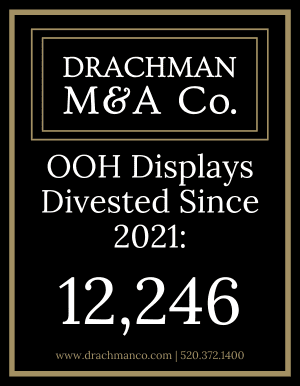







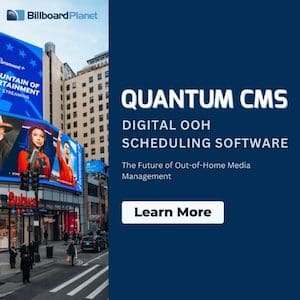

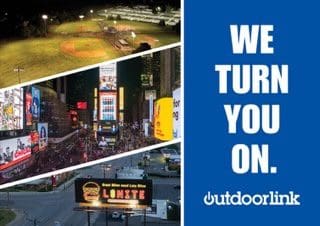
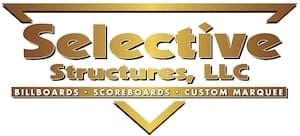
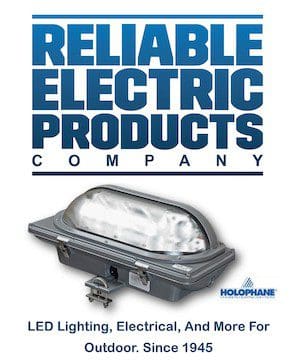





Excellent article. I look forward to the next installment.